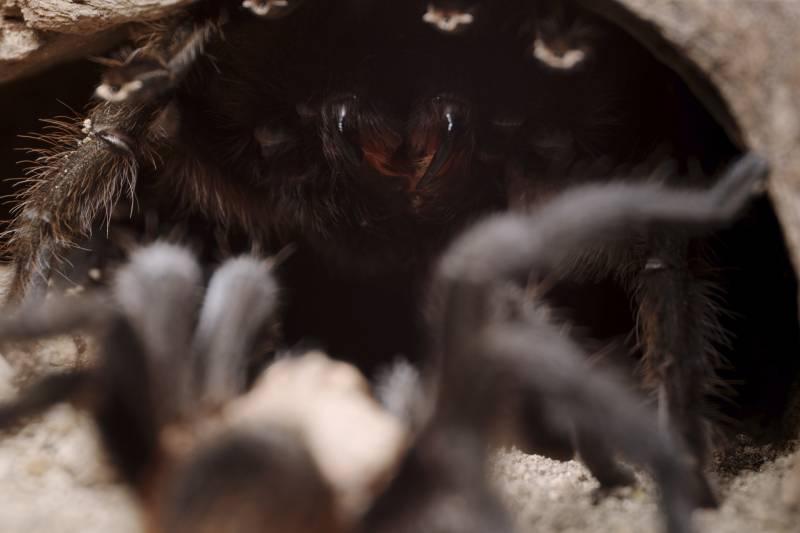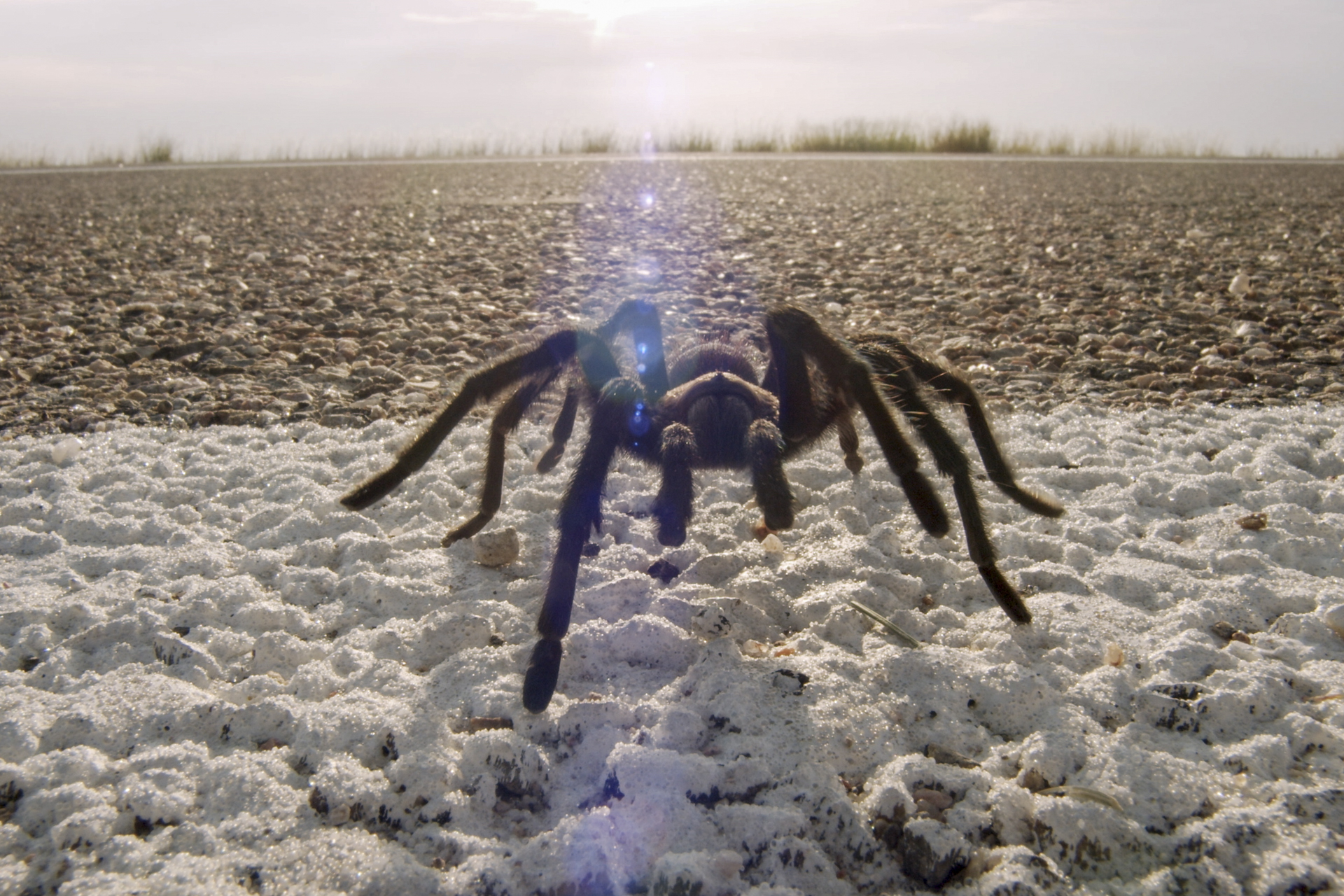If you’ve been hiking in the East Bay hills or places like Mount Diablo, you might’ve noticed more tarantulas than usual. That’s because it’s tarantula migration season, and it’s when these fascinating eight-legged, hairy creatures come out to mate. Tarantula mating season here in the Bay Area typically starts in mid-September and peaks around mid-October.
But fear not, although tarantulas might look creepy, they’re harmless creatures and are afraid of humans. They’re actually trying to get away from us. Because they can “hear” with their feet — they don’t have ears but nerves that can detect sounds like footsteps from a distance and will try their best to go in the opposite direction.
- Jump straight to: Where can I see tarantulas in the Bay Area?
Spiders are highly adaptable creatures and are an incredibly important part of our ecosystem, said Lauren Esposito, curator of Arachnology at the California Academy of Sciences. Esposito runs a research lab at the academy that studies the evolution of arachnids, including spiders, scorpions and more.
Unlike some other species of spiders that use silk to build webs to capture prey, tarantulas use their silk to create a mat that they use as a sensory extension system, which allows them to hear with the tiny organs in their feet when they’re standing on the silk.


